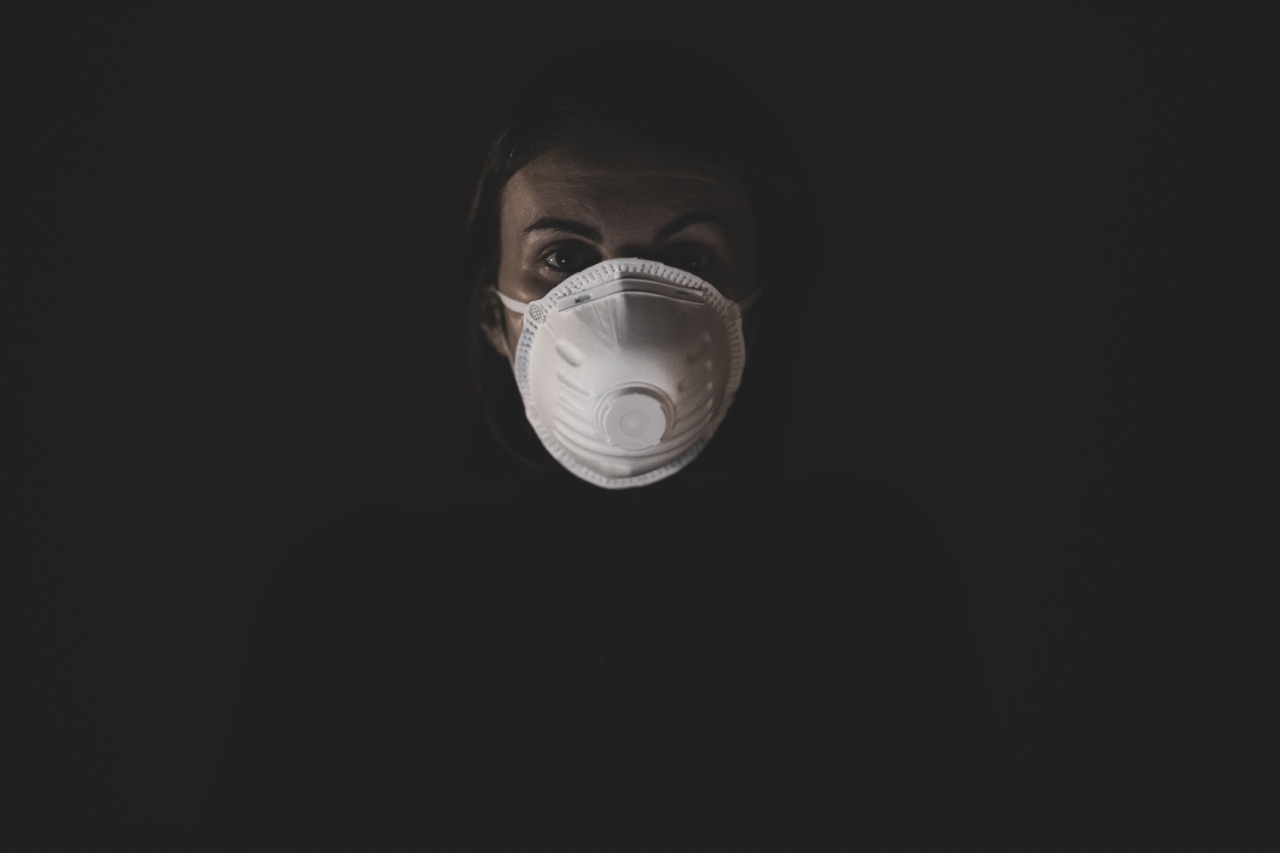Since the outbreak of the Kronitovirus in late 2019, the world health authorities have been on high alert as this deadly virus continues to spread rapidly across the globe.
With over 10 million confirmed cases and over 500,000 deaths globally, the Kronitovirus has become a global pandemic creating panic and stress in people worldwide. In this article, we will compare the Kronitovirus with the common flu, examining the symptoms, transmission, prevention, and treatment of both diseases.
Symptoms
Both the Kronitovirus and the common flu exhibit similar symptoms making it challenging to differentiate between the two. The symptoms of the Kronitovirus include fever, cough, and difficulty breathing.
On the other hand, the common flu’s symptoms include fever, cough, sore throat, runny nose, body aches, and fatigue. However, people who contract the Kronitovirus may experience severe illness, leading to hospitalization and death.
Transmission
The Kronitovirus is highly contagious and spreads primarily through respiratory droplets when an infected person sneezes, coughs, talks or exhales.
The virus can also survive on surfaces for a few hours, and those who touch these surfaces and then touch their faces can also contract the virus. Similarly, the common flu is also contagious and spreads primarily by droplets when an infected person coughs, sneezes or talks.
A person may also contract the flu virus by touching contaminated surfaces or objects such as doorknobs, telephones, and keyboards, and then touching their mouth or nose.
Prevention
Preventing the spread of both the Kronitovirus and the common flu involves following similar hygienic practices. The World Health Organization recommends washing hands with soap and water for at least 20 seconds frequently.
Avoid close contact with people who are sick and maintain a social distance of at least 6 feet from others. Wear a mask when you are in public places and cover your mouth and nose with a tissue when you cough or sneeze. Finally, avoid touching your face, especially your mouth, nose, and eyes.
Treatment
Currently, there is no cure for the Kronitovirus; therefore, treatment focuses on relieving symptoms. Some medications may help ease the symptoms of Kronitovirus, although their efficiency is still being researched.
Treatment for the common flu involves antiviral medications that help to reduce the severity and duration of the illness. The antiviral medication is typically prescribed within the first 48 hours of the onset of flu symptoms. Additionally, it helps to get rest and stay hydrated.
The Bottom Line
The Kronitovirus is a deadly virus that has disrupted the world and upended people’s regular lives since it was discovered. Its impact on human life has been devastating, with millions infected and hundreds of thousands losing their lives.
While the common flu is also a dangerous illness, people who contract it typically recover within a few days to two weeks. It is essential to take all necessary precautions to prevent both viruses’ spread, including washing hands frequently, wearing masks, avoiding close contact with others, and seeking medical treatment if necessary.
In conclusion, staying informed and following guidelines laid down by your local health authorities is crucial in staying safe and healthy.































